Proso Millet
- Grass (Poaceae family):
- Panicum miliaceum L.
- EPPO code:
- PANMI
- Other names:
- Panic millet, proso, wild proso millet, broom-corn millet, millet
Species information
- Lifecycle:
- Annual.
- Propagation:
- Reproduces by seed.
- Emergence:
- Generally, proso millet is considered an early to mid-season germinating annual grass. Its relatively large seed allows it to emerge from greater soil depths, which results in a longer germination period.
- Habitat:
- Proso millet can be found throughout the province, but is most common in south-central Ontario.
- Competitiveness:
- Agriculture and Agri-Food Canada research has shown that proso millet densities of 20,000 plants/ac can result in a 10–12% yield loss in corn and soybeans.
Identification clues
- Auricles:
- None.
- Ligule:
- Hairy.
- Leaf blade:
- Both the upper and lower surface of the leaf blade are smooth and hairless.
- Leaf sheath:
- The leaf sheath and its margin are hairy.
- Stem:
- Round
- Seed heads:
- Proso millet’s seed head is bristly, spiked and typically about 4–10 cm long. It is about half the size of giant foxtail’s seed head and contains smaller seeds than that of yellow foxtail.
- Roots:
- Fibrous.
Often mistaken for
I know it's not Large crabgrass because proso millet has a hairy ligule and large crabgrass has a membranous ligule.
I know it's not Witch grass because the leaf blade of proso millet is usually hairless and has prominent veins running parallel to the leaf blade margins.
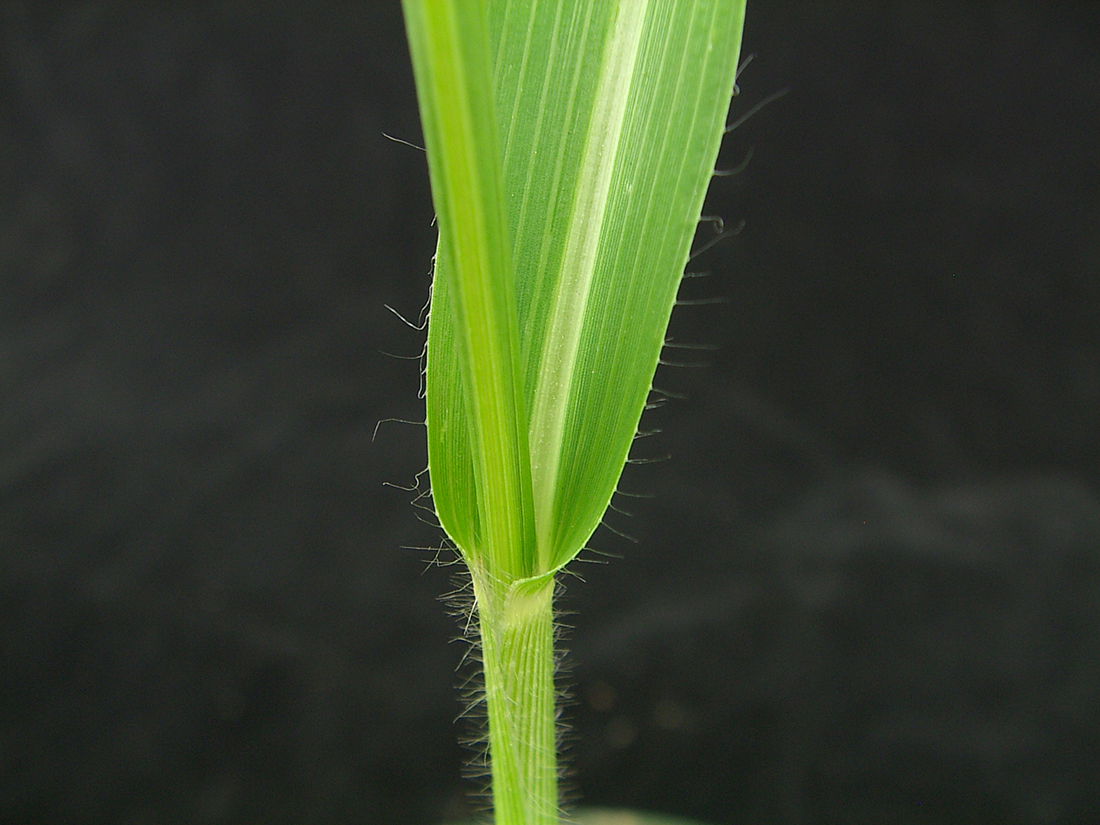
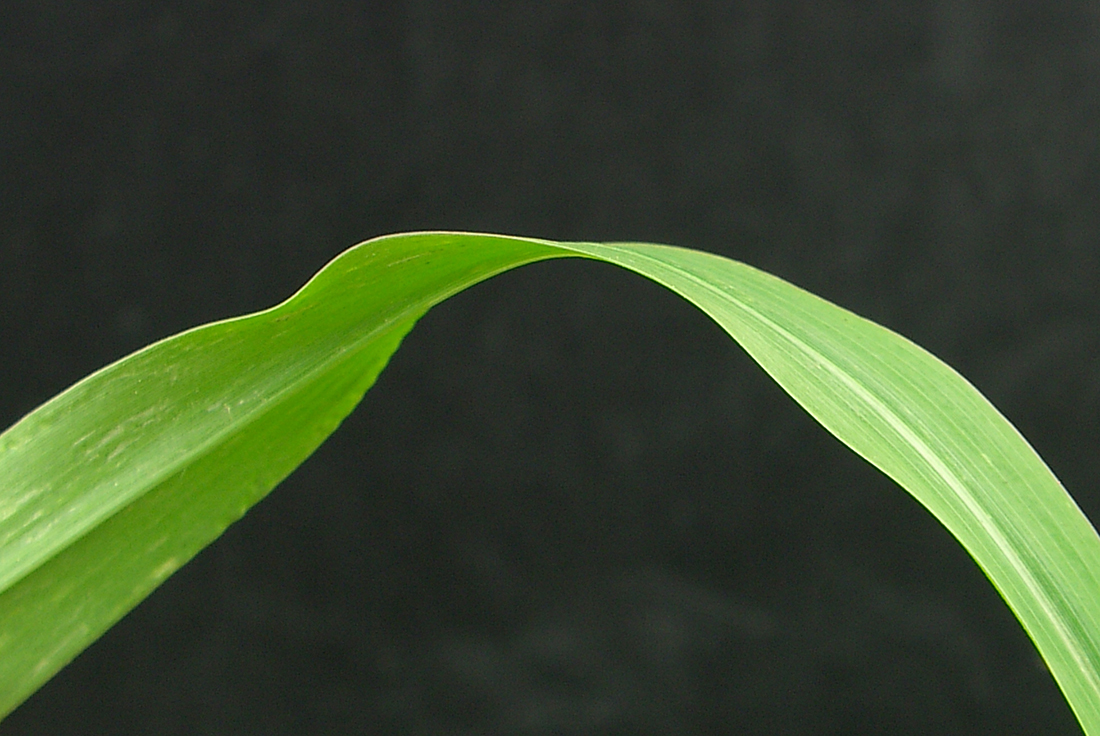
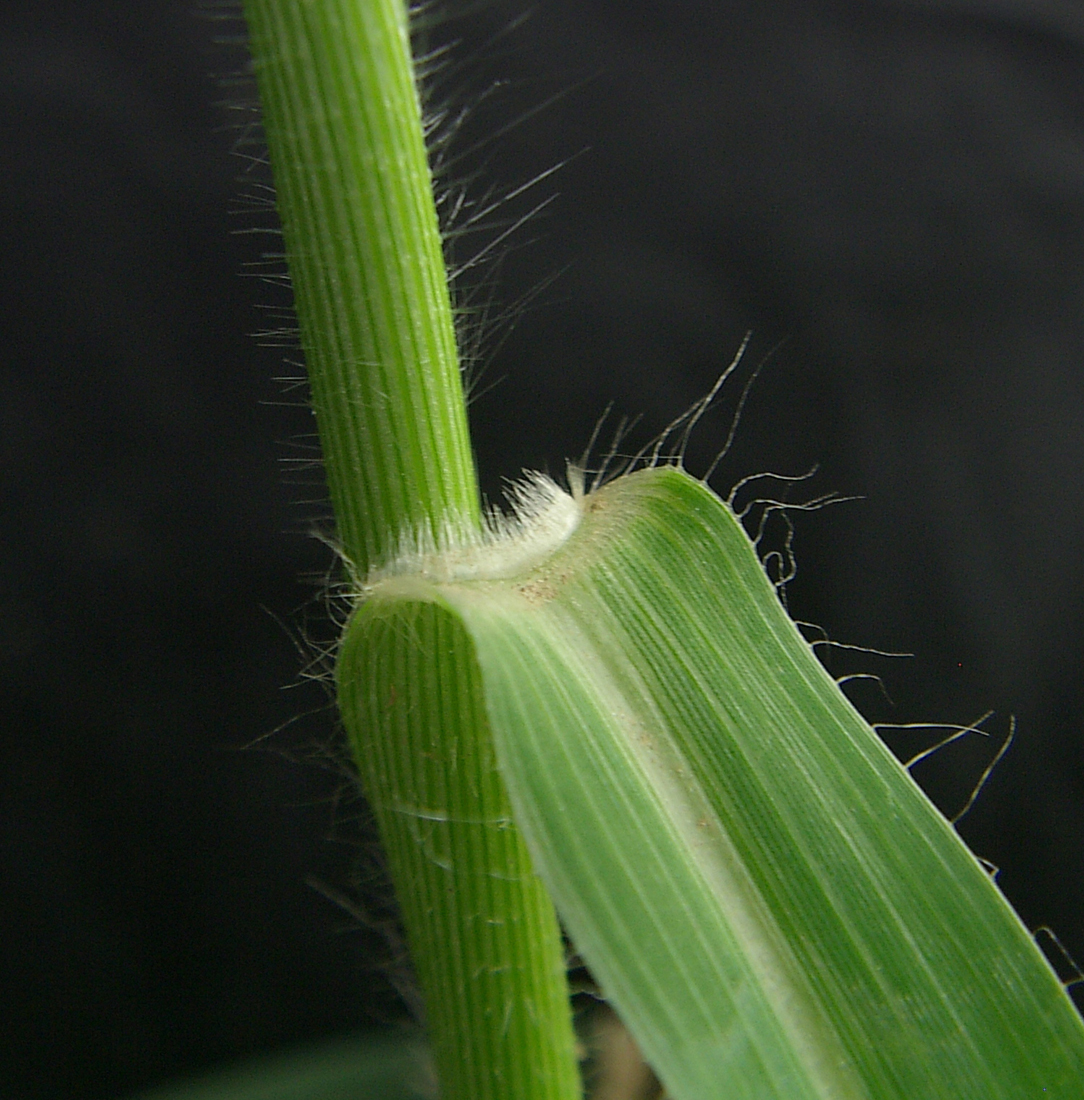
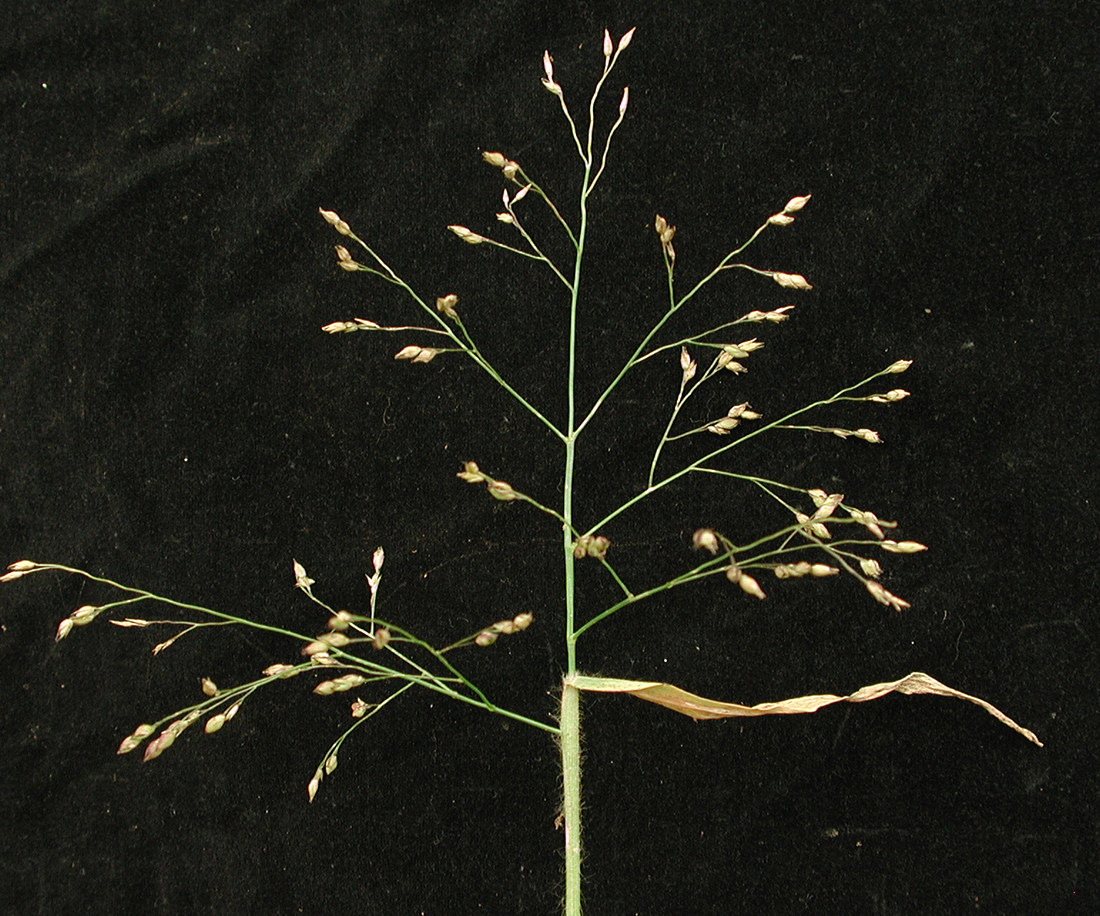
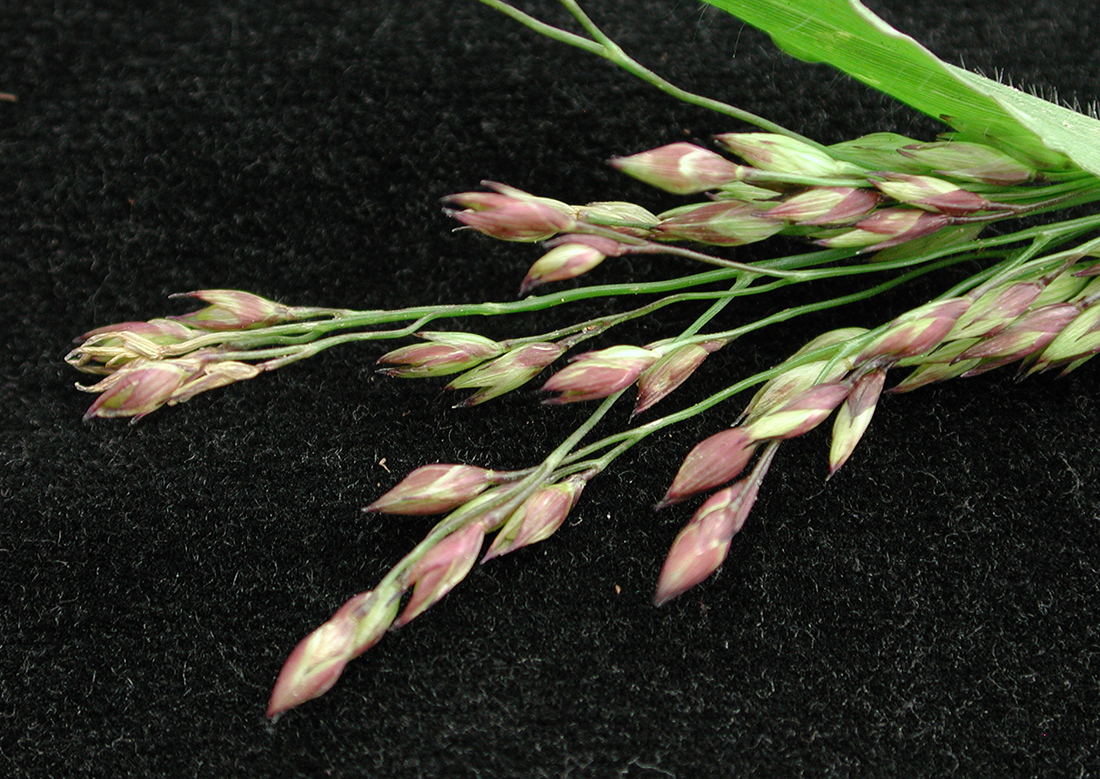
Updated: January 13, 2023
Published: January 13, 2023